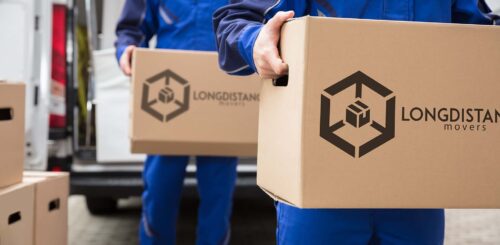To streamline the moving process and ensure a stress-free move, it’s essential to organize a closet. Packing and arranging belongings strategically can save time and effort during the relocation and make unpacking more manageable. By employing our boxing-up techniques and closet organization tips, you can declutter, optimize space, and create an organized wardrobe that caters to your needs throughout your long-distance journey.

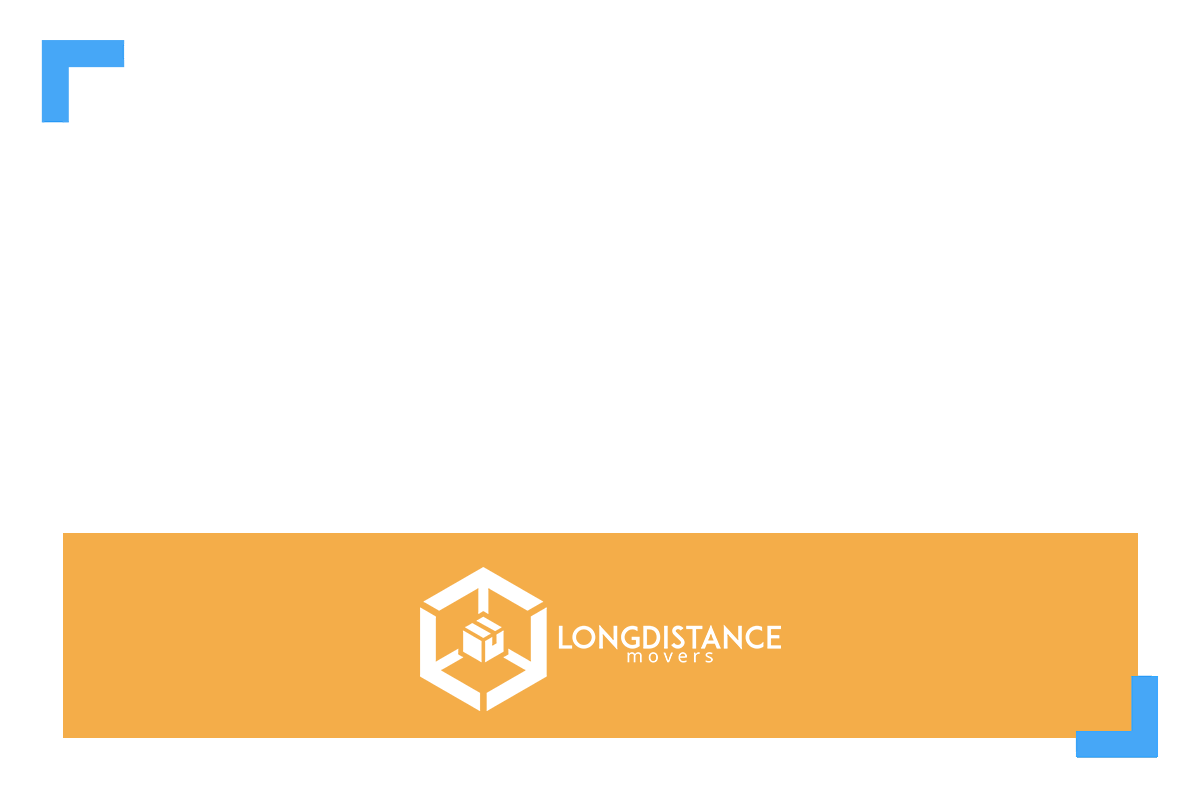
When prepping clothes for relocation, assess the size of your wardrobe and minimize your load. Downsize for relocation, employ helpful boxing-up techniques and sell unused stuff in a garage sale. Create a thorough timeline and start storing clothes weeks ahead of the relocation date. If you find the process overwhelming, think about hiring professionals for the job.
When You Want to Organize a Closet, Start by Assessing All the Items
When looking for the best way to organize clothes, the first and most important step is to assess all items within your wardrobe. Begin by emptying the entire cabinet and laying out its contents in a designated area. This process allows you to see everything you have and assess the state of each item.
Sort Through Your Belongings and Decide What is Worth Relocating
By categorizing your stuff, you can make informed decisions about what to do with each possession. The “keep” pile should consist of things that hold significant value, are regularly used, or have sentimental importance. Items in the “donate” pile can find new homes where they will be appreciated and utilized by others.
The “sell” pile is reserved for valuable or gently used belongings that can fetch a reasonable price. Lastly, the “discard” pile should contain items that are damaged, broken, or beyond use. Sorting everything in this manner allows you to regain control over your space, simplify your relocation, and ensure that the things you keep truly enhance your daily living experience.
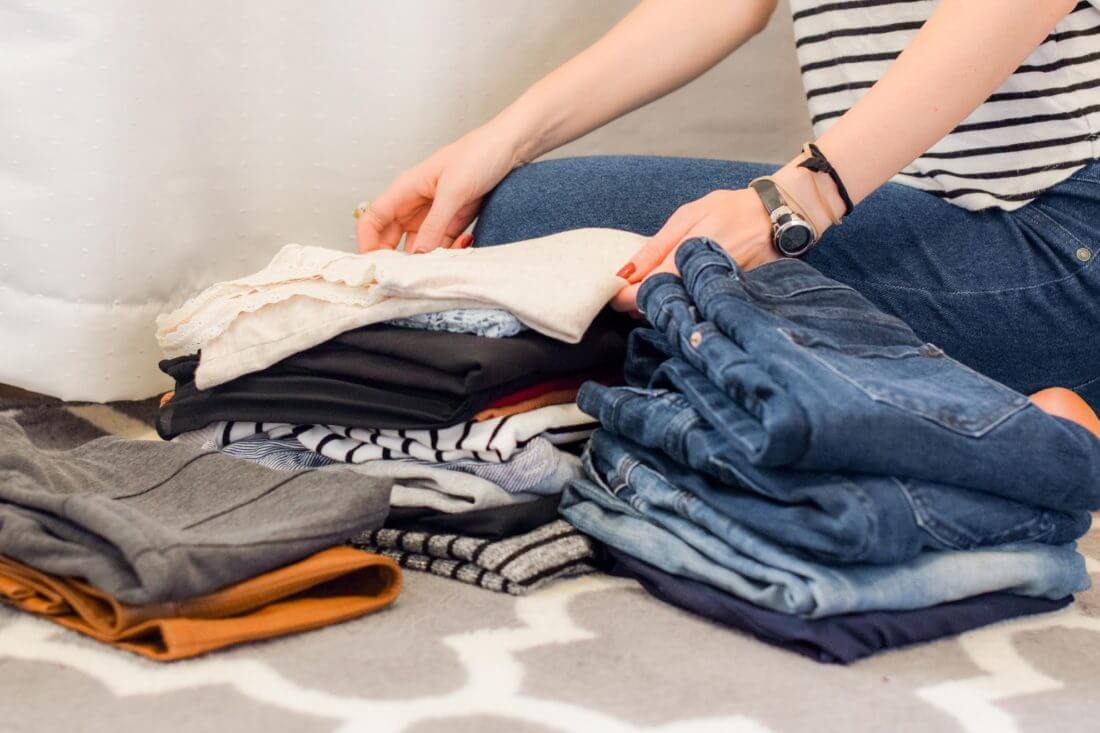

Minimizing the Load for a Lighter Relocation Experience
The significant relocation benefits of minimizing the load go from saving money and time to reducing relocation stress and promoting a more organized relocation process. Here are some key advantages to consider:
- Cost-effectiveness – long-distance moving can be expensive, with transportation costs based on the weight and volume of your belongings. By downsizing, you’ll reduce the number of items you need to relocate, ultimately saving money on packing materials and transportation expenses.
- Simplified boxing and unboxing – fewer belongings mean less time and effort spent on boxing up and unboxing. This can significantly streamline the whole relocation, making it less stressful and more efficient.
- A fresh start – relocating to a new house is an excellent opportunity for a fresh start. Downsizing allows you to leave behind unnecessary clutter and only bring items that genuinely serve a purpose or hold sentimental value.
- More space in the new home – if you’re relocating into a smaller home or apartment, downsizing becomes even more crucial. By doing this, you ensure that your future space won’t feel overcrowded, giving you more room to organize and decorate as you please.
- Reduced storage needs – with fewer possessions, you may find that you no longer require external storage units, which can save you money in the long run.
- Eco-friendly approach – recycling or donating unwanted items you no longer need is an eco-friendly way to handle your downsizing. It reduces waste and gives your belongings a chance to find new homes.
- Faster settling in – with fewer boxes to unpack, you’ll be able to settle into your home more quickly. Instead of spending weeks sorting through numerous possessions, you can focus on making your apartment feel like home.
- Enhanced mobility and flexibility – carrying fewer belongings means you’ll have greater mobility and flexibility when you arrive at your destination. You’ll be able to adapt more easily to your environment and explore your surroundings without being weighed down by excess stuff.
Make a Comprehensive Inventory List of Your Belongings
Creating an inventory list is a crucial step in this process, and it involves creating a comprehensive list of all the items you’re planning to relocate. By cataloging your items, you gain a clear understanding of everything you own, which helps with boxing up, organizing, and decluttering decisions.
Taking inventory also ensures that nothing gets overlooked or misplaced during relocation, minimizing the risk of losing valuable items. This detailed list can also be valuable for insurance purposes, providing needed evidence and documentation in case of loss or damage during transit.


Declutter to Get Rid of Items You No Longer Need
By systematically going through your belongings, you can identify what truly adds value to your life and what merely takes up space. Letting go of these unused or unnecessary items can bring a sense of liberation, creating more physical and mental space in your life.
Keep in mind that downsizing for a move not only helps you stay organized but also fosters a more mindful and intentional way of living. As you get rid of belongings that no longer serve you, you make room for new experiences and opportunities, and you may even discover a renewed appreciation for the things that truly matter.
Check the video below for more helpful downsizing tips.
Employ Marie Kondo’s Approach
Be sure to check Marie Kondo’s “spark joy” method, as it is a transformative approach to organizing wardrobe items. By embracing this philosophy, you infuse your closet with positivity and intentionality. Begin by carefully examining each item and asking yourself if it sparks joy. If an object does not evoke happiness or serve a purpose in your life, thank it for its past role and let it go with gratitude. Focus on keeping stuff that genuinely brings you joy.
Let Go of Sentimental Attachments
Acknowledge that emotions are a natural part of this journey, and it’s okay to feel a sense of attachment to certain things. Take small steps and be patient with yourself as you sort through sentimental belongings. Remember that decluttering does not erase cherished memories – it simply helps create a more organized and well-planned boxing-up process.
Consider keeping things that truly hold deep emotional significance and bring genuine joy. If parting with an item is difficult, take a moment to reminisce and reflect on the memories associated with it. Remind yourself that the true essence of those memories resides within you, not solely in physical stuff.
Host a Garage Sale or Sell Online
Advertise your garage sale in the community or use online platforms like Craigslist, eBay, or Facebook Marketplace to reach a broader audience. Engage in safe and responsible transactions, and be open to negotiations to attract potential buyers.
Any unsold items can be donated to local charities, ensuring they find new homes where they’ll be appreciated. This way, you will not only lighten your load for the move but also add some extra funds to support your relocation. It’s a rewarding way to turn clutter into cash and make your move a more organized and financially advantageous endeavor.
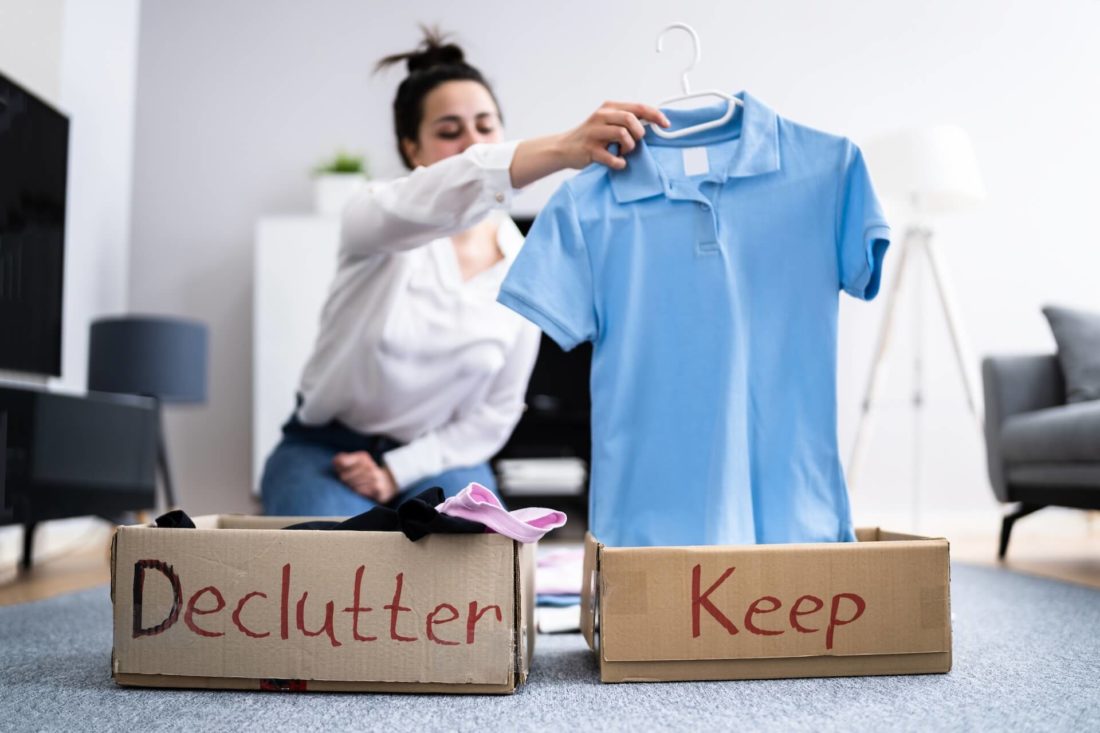

Create a Detailed Packing Plan
Start planning at least 4-6 weeks before your relocation date. During the assessment stage, declutter your wardrobe and sort through your possessions. Begin the early boxing-up stage about 3-4 weeks before the move, packing away seasonal and special occasion clothing first.
Utilize storage solutions like vacuum-sealed bags or garment boxes to protect delicate items. In the mid-stage, which is 2-3 weeks before the relocation, pack off-season clothing and other stuff you won’t need right away. Use sturdy boxes or suitcases for folded clothes and accessories. As you approach 1-2 weeks before the move, enter the late boxing-up stage, where you pack the rest of your everyday clothing and accessories, leaving out only essential items for the final weeks.
Don’t forget to start preparing your moving essentials during this stage. Coordinate with your long-distance moving company at least a week before the move to confirm the whole schedule. Throughout the process, label and organize boxes clearly and avoid overpacking to ensure a smooth and efficient transition experience.
Choose Appropriate Packing Materials
By using different packing materials, labeling boxes, and creating an inventory, you simplify the unpacking process at your new home. When you know exactly where each item is and which box to open first, settling into your future space becomes a breeze. Here’s what you’ll need:
- Boxes – use sturdy, corrugated cardboard boxes in various sizes. Small boxes are suitable for heavy items like books, while larger ones can accommodate lighter belongings, like clothing and bedding.
- Specialty boxes – invest in wardrobe boxes with a hanging rod to keep clothing wrinkle-free and easily accessible. These are particularly useful for transporting suits, dresses, and other delicate garments.
- Bins and plastic containers – consider using these creative storage ideas for items that require extra protection or those you plan to keep in storage after relocation. Transparent bins allow you to see the contents easily.
- Clean paper and bubble wrap – enfold fragile items in packing paper or bubble wrap to prevent breakage during transit. Use foam peanuts or crumpled paper as cushioning inside boxes.
- Duct tape – use high-quality tape to seal boxes securely, preventing them from opening during transport.
- Markers – label each box with its contents and the room it belongs to in your future home, as this will make unpacking much more manageable.
- Color-coded labels – consider using relocation labels for each room to make it easier for long-distance movers to place boxes in the correct locations at your new home.
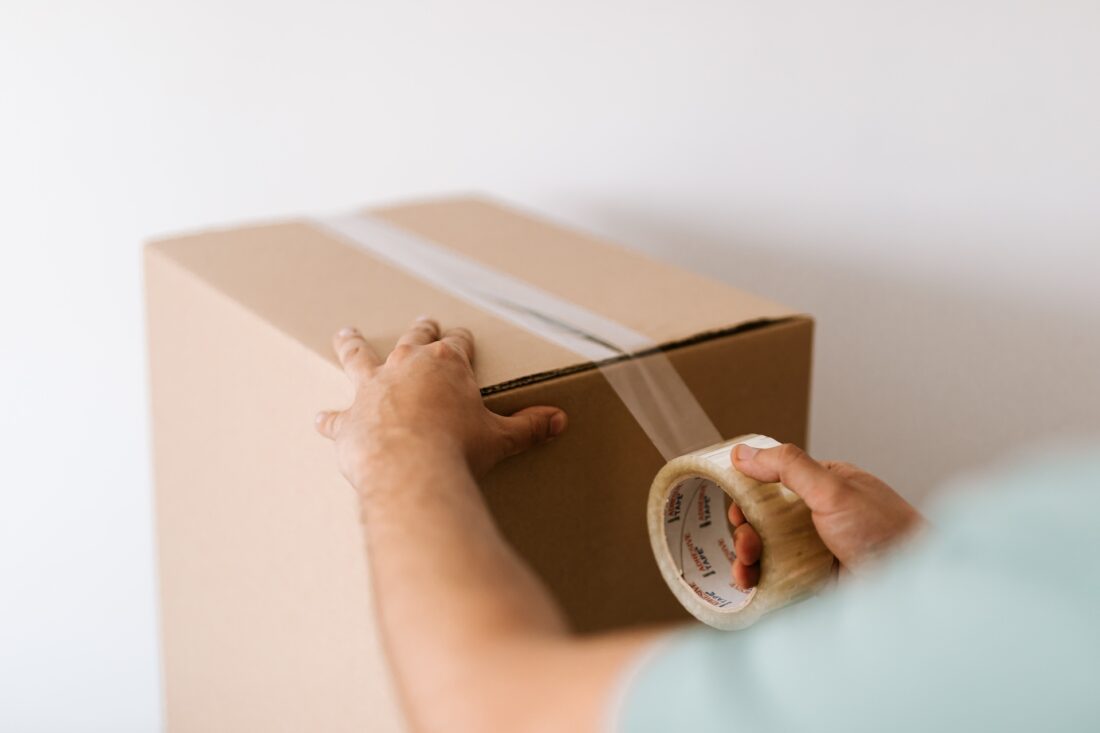

Utilize Closet Organizers and Packing Hacks
Wardrobe organizers such as hanging shelves, shoe racks, and drawer dividers help maximize storage capacity and keep your belongings neat and accessible. Categorize and group similar items together using these organizers, making it easier to pack and unpack items from your closet and crates.
Employ Space-Saving Strategies
Boxing-up and relocation hacks, like rolling clothes instead of folding them, can save space and reduce wrinkles. Utilize small things, like socks or towels, to fill the gaps inside shoes or between objects. Vacuum-sealed bags are ideal for compressing bulky or seasonal clothing, optimizing space in your relocation boxes.
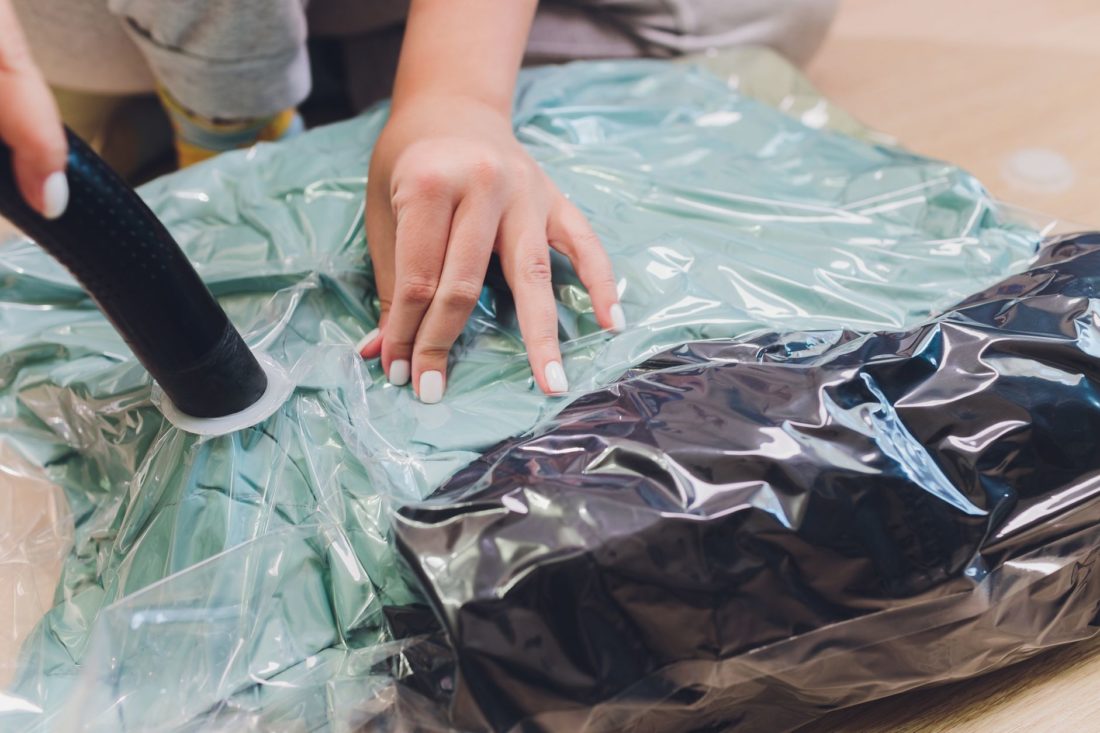

Seek Professional Long-Distance Moving Services
Long-distance moves offer meticulous planning, organization, and careful handling of belongings, among many cross-country moving services, which can be overwhelming for individuals or families to manage on their own. Long Distance USA Movers have the expertise and experience to efficiently pack, load, transport, and unload your possessions, ensuring their safety and minimizing the risk of damage during transit.
We possess the necessary equipment, resources, and knowledge to navigate the whole process through various situations while making it look seamless and easy. Moreover, we offer insurance coverage for your belongings, providing added assurance and peace of mind.
Moving Services
Treat yourself with a white glove long distance moving service that’s based on the inventory list and not weight. This means a price guarantee, transparent move costs and premium moving service.
Learn morePacking Service
Sit back and relax, we’ve got packing services covered. We use moving blankets, shrink wrap, bubble wrap and even custom wooden crating. Your stuff will be protected and carefully handled during the move.
Learn moreStorage Services
Our spacious climate-controlled units will protect your things until the drop-off. No need to worry about them because all items are labeled and secure, and each customer gets a dedicated unit mixup isn’t possible.
Learn moreExplore Professional Packing Services
Keep in mind that the packing services Long Distance USA Movers provide are specialized in carefully and expertly boxing up household belongings. Hiring our cross-country movers can save you significant time and effort, as we come equipped with the necessary materials and tools to handle even the most delicate or cumbersome items.
We know the best techniques to secure and protect your possessions during transit, reducing the risk of damage. Our professional packers follow a systematic approach, organizing and labeling boxes for easy unpacking at your new home.
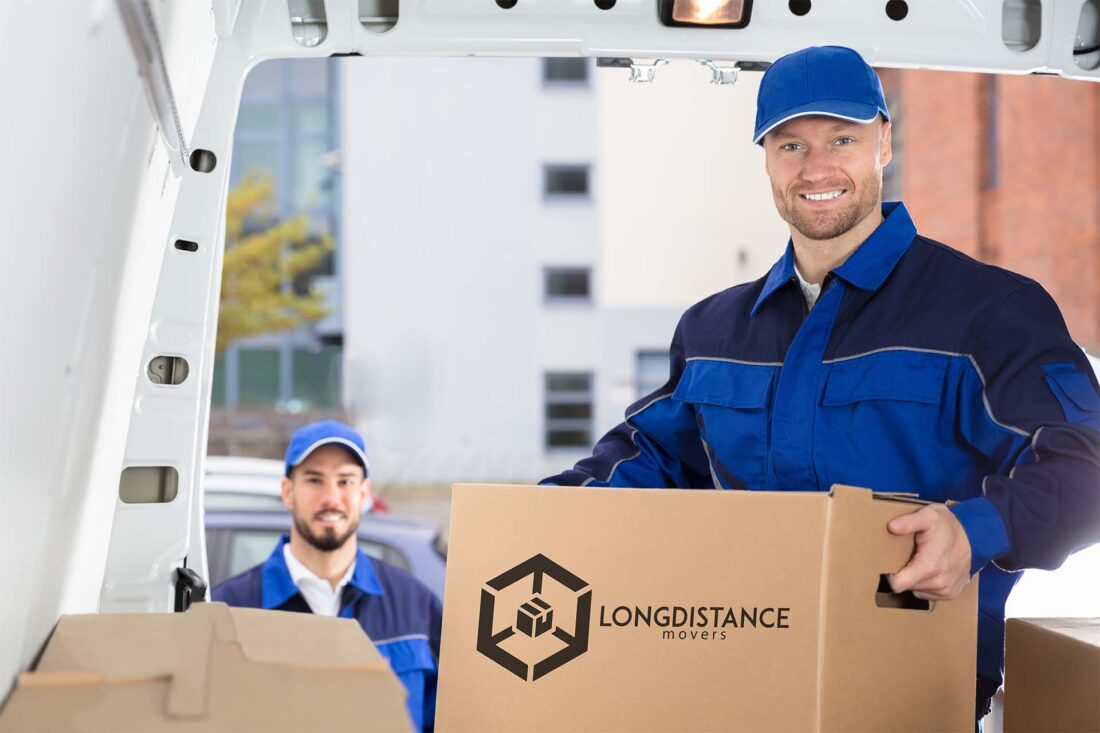

Prepare Moving Day Closet Essentials
Prepare an “essentials box” containing clothes and personal items you’ll need for the first few days in your new place. Include enough outfits for each family member, comfortable shoes, toiletries, medications, important documents, chargers, and any other daily necessities.
Having these essentials readily available will save you from rummaging through multiple boxes on the first day. Double-check your wardrobe before departure to ensure nothing is left behind. It’s easy to overlook small items tucked away in the corners, so take a moment to inspect everything thoroughly.
You Also Need to Unpack at Your New Home
Take the time to plan a functional arrangement that makes the best use of the available space. Consider the frequency of use for each item and group similar items together for easy access. Invest in wardrobe organizers such as shelves, rods, and bins to keep your belongings tidy and well-organized. Designing a visually pleasing layout can also add a touch of joy to your daily routine.
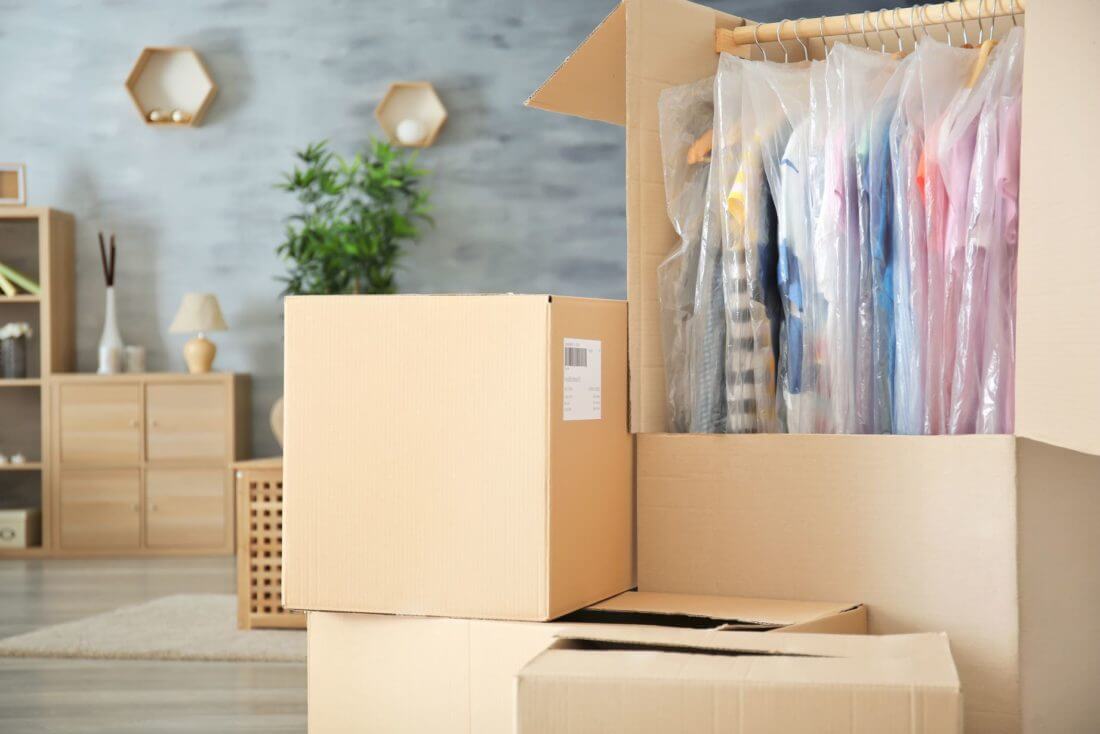

Employ Our Closet Organization Ideas, and Your Packing Process Will Be Smooth
By implementing our expert tips, you’ll efficiently declutter, categorize, and utilize helpful hacks, ensuring an organized and clutter-free move. Let Long Distance USA Movers guide you through the process of labeling, creating an inventory, and prioritizing closet unpacking for a seamless transition to your new home. Contact us today for a hassle-free and efficient packing experience, and let our experts work their magic. Your journey to a well-organized and stress-free move starts now.
FAQ
How Early Should I Start Organizing My Closet Before a Cross-Country Move?
It’s best to start organizing your wardrobe as early as possible, ideally a few weeks before your moving date. This will give you enough time to sort through your belongings, declutter, and store your things efficiently.
What Are Some Effective Strategies for Decluttering My Closet Efficiently?
Use the “Three Pile” method and create piles of items you want to keep, donate, and discard. Be honest and practical. Avoid holding onto items for sentimental reasons if they no longer serve a purpose in your life.
How Can I Pack My Closet Belongings to Ensure They Stay Organized During the Move?
Use sturdy boxes and group similar items together, and label the boxes to make unpacking easier. Pack a separate “essentials box” with clothes and items you’ll need immediately upon arrival.
What Should I Do With Seasonal Clothing and Items in My Closet?
Consider using vacuum-sealed bags for seasonal clothes to save space and protect them during transit or buy new ones when the season comes.
Are There Any Special Packing Considerations for Delicate or Valuable Clothing?
Use acid-free tissue paper for delicate fabrics to prevent damage. Invest in garment boxes for unique occasion clothing to keep them wrinkle-free.
How Can I Utilize Closet Organizers and Hacks to Optimize Space During Packing?
Use hanging organizers for shoes and accessories. Utilize the space inside shoes to pack small items like socks or jewelry.
Should I Hire Professional Movers to Help With Closet Packing and Moving?
If you have a large number of belongings or valuable items, hiring professionals can provide peace of mind.
How Can I Coordinate Packing Schedules With the Moving Company for an Organized Move?
Communicate your timeline with them in advance to ensure a smooth boxing-up process.
What Should I Include in a Moving Day Essentials Box for My Closet?
A few changes of clothes, toiletries, important documents, and any items you’ll need right away.
How Can I Ensure That My Clothing Remains Wrinkle-Free During the Move?
Use garment boxes for dresses, suits, and formal clothing. Avoid over-stuffing the boxes to prevent wrinkling.
Are There Any Specific Tips for Organizing My New Closet at the Destination?
Before unpacking, plan how you want to arrange your clothes and accessories. Use wardrobe organizers to maximize space.
Are There Any Apps or Tools That Can Help With Closet Organization and Packing?
There are various moving apps available for inventory management and boxing-up checklists, such as Sortly, ClosetSpace, MoveAdvisor, MagicPlan, SpaceWise, and Move Planner.
What Should I Do if I Run Out of Closet Packing Supplies During the Process?
Purchase additional supplies or improvise with items like suitcases or storage bins.
How Can I Avoid Common Closet Packing Mistakes and Ensure a Smooth Move?
Don’t overpack boxes, especially with heavy items, and don’t forget to label boxes clearly.
Are There Any Specific Packing Tips for Shoes, Accessories, and Other Closet Items?
Stuff shoes with socks or small items to maximize space. Use small boxes or organizers for accessories like jewelry, scarves, and belts.




